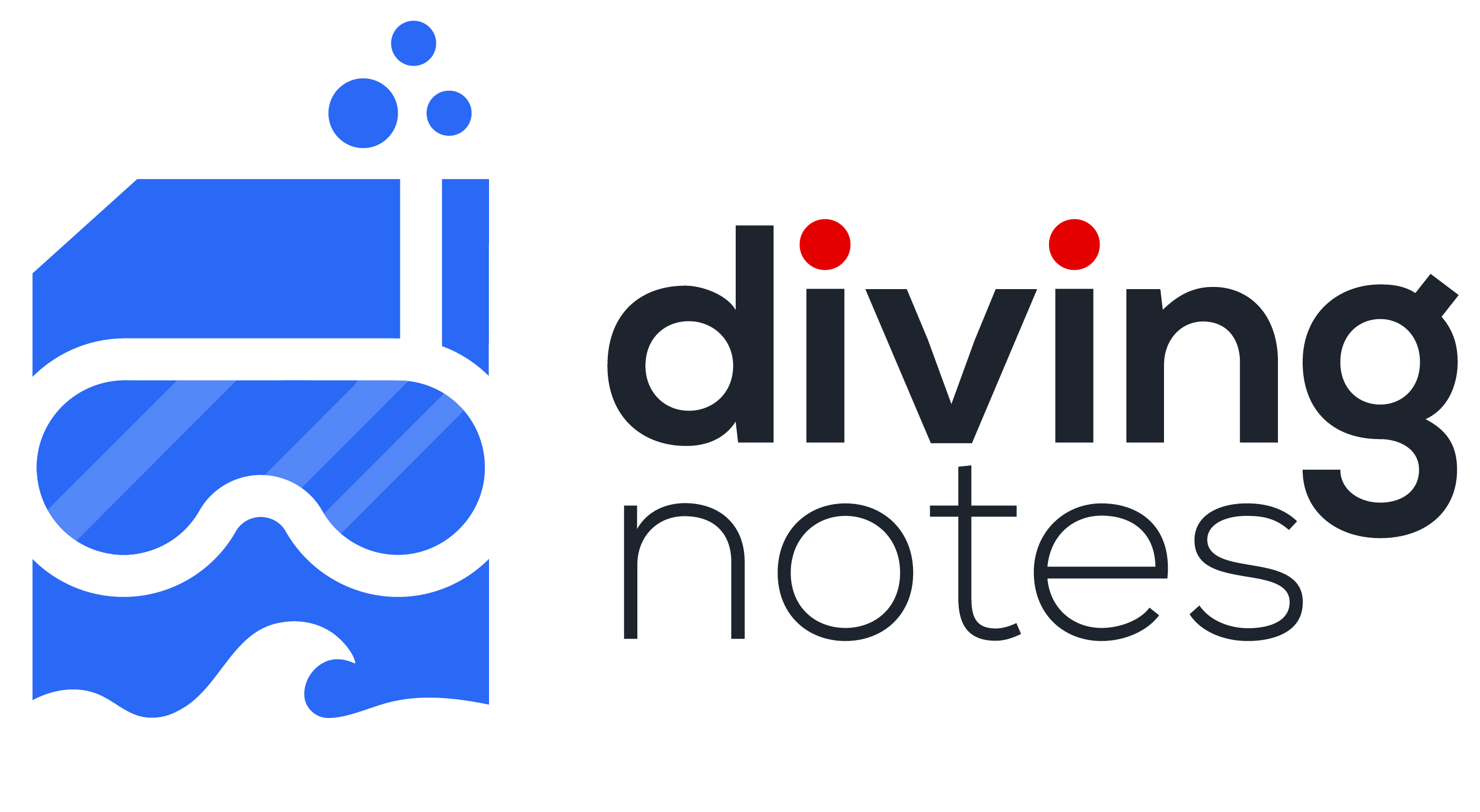Our oceans are home to many incredible creatures, yet the waters off our coasts are full of dangerous hazards that are reducing the number of marine animals. You’d be amazed at how many species are actually at risk of going extinct, many of them as a result of humans impacting our marine environments.
Numerous dangers to our oceans today, such as plastic pollution, overfishing, and global warming, are pushing many of these amazing creatures to the verge of extinction. Here are 6 of the world’s most endangered marine species you might not know about.
Vaquita (Phoeocna sinus)
The vaquita is a species of porpoise found mostly in the northern end of the Gulf of California in Baja California, Mexico. Vaquitas have small, strong bodies with a rounded head and no beak. They have black patches around their eyes and lips and small, spade-shaped teeth. With an estimated eight species left on the planet, the vaquita is considered the most threatened marine mammal in the world. A healthy population of vaquitas would be a great incentive for ecotourism.
The population is not doomed, according to the latest findings, and is probably still able to rebound. However, if we want to completely eradicate gillnet fishing from their habitat, we must lower human-caused mortality to zero.
Fin Whale (Balaenoptera Physalus)
Next to the blue whale, the fin whale is the second largest mammal in the world. The fin whale has many names, it is also known as finback whale or common rorqual and formerly known as herring whale or razorback whale. Fin whales have sleek, streamlined bodies with V-shaped heads. Fin whales have distinctive coloration—black or dark brownish-gray on the back and sides and white on the underside. The fin whale is listed as endangered throughout its range (under the family Balaenopteridae) of the Endangered Species Act and as depleted throughout its range under the Marine Mammal Protection Act.
Fin whales in the North Atlantic are classified as endangered because they were used as food, baleen, and fuel by commercial whalers up to the 20th century.
Hector’s Dolphin (Cephalorhynchus Hectori)
Hector’s dolphins are the smallest and rarest marine dolphins in the world. They have short, stocky bodies, striking black face markings, and a dorsal fin that resembles Mickey Mouse’s ear. The population is estimated to be around 15,000 and they are classified as Nationally Vulnerable in the National Threat Classification System. Hector’s dolphins are frequently observed in waters that are no deeper than 99 meters (328 feet) and within 20 nautical miles (53 km) of the shore.
Every year, many more Hector’s dolphins are killed by fishing nets than are born, and so their numbers continue to decline. Urgent action is needed to save them. Entanglement in fishing nets, especially set nets and trawl nets, is the number one threat to Hector’s dolphins.
False killer whale (Pseudorca crassidens) The false killer whale is a species of oceanic dolphin that is the only existing representative of the genus Pseudorca. It is found in oceans worldwide but mainly in tropical regions. False killer whales get their nickname because of how similar their skull shapes are to those of killer whales, not because of how they resemble on the outside. The species, which may grow to a length of 6 meters (19 feet), swims swiftly, occasionally leaps, and occasionally approaches whale-watching vessels, behaving more like a smaller dolphin.
The false killer whale is a species of oceanic dolphin that is the only existing representative of the genus Pseudorca. It is found in oceans worldwide but mainly in tropical regions. False killer whales get their nickname because of how similar their skull shapes are to those of killer whales, not because of how they resemble on the outside. The species, which may grow to a length of 6 meters (19 feet), swims swiftly, occasionally leaps, and occasionally approaches whale-watching vessels, behaving more like a smaller dolphin.
Due to its very small population size (less than 200) and population decline until at least the early 2000s, the main Hawaiian Islands insular false killer whale distinct population segment (DPS) is listed as endangered under the Endangered Species Act.
Smalltooth Sawfish (Pristis pectinata)
The smalltooth sawfish is a species of sawfish in the family Pristidae. It is found in shallow tropical and subtropical waters in coastal and estuarine parts of the Atlantic. Although sawfish have shark-like bodies, they are actually a type of ray. They are named after their “saws” (rostra)—long, flat snouts edged with teeth. Smalltooth sawfish have 22 to 29 teeth on each side of their snout.
Dugong (Dugong dugon)  The dugong is one of four living species of the order Sirenia, which also includes three species of manatees. Dugongs are herbivores, relying on seagrass that grows in shallow ocean water – a fragile habitat that is under threat from fishing activities and human occupation. They were also killed for hundreds of years for their meat and oil. Dugongs once floated peacefully in southern Chinese waters. Now, however, because of hunting, habitat loss, collisions with ships and other human interventions, these gentle marine mammals are “functionally extinct”
The dugong is one of four living species of the order Sirenia, which also includes three species of manatees. Dugongs are herbivores, relying on seagrass that grows in shallow ocean water – a fragile habitat that is under threat from fishing activities and human occupation. They were also killed for hundreds of years for their meat and oil. Dugongs once floated peacefully in southern Chinese waters. Now, however, because of hunting, habitat loss, collisions with ships and other human interventions, these gentle marine mammals are “functionally extinct”
There are believed to be around 30,000 dugongs left in the world. The largest populations are in the waters around Australia.
Updated on: December 05, 2023

